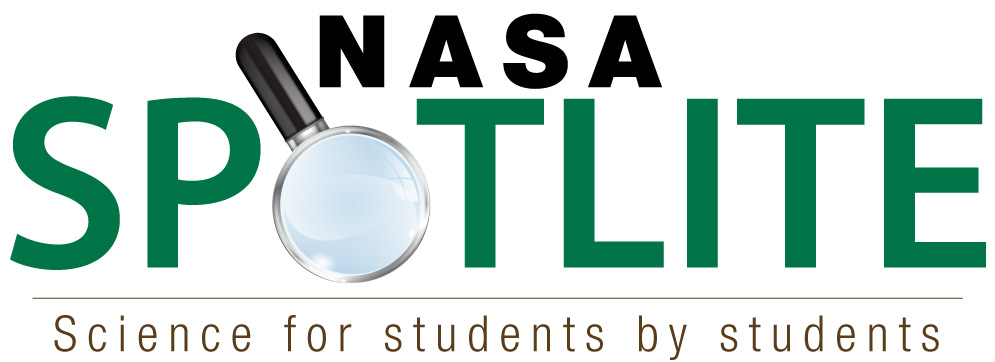

Spotlite Design Challenge:
Aurora Happenings
Developed in Collaboration with NASA Heliophysics Education Activation Team (NASA HEAT)
Register
Register your learner production teams to receive a Spotlite Design Challenge starter kit with certificates and badges.


Identify the problem:
You are challenged to gather and share evidence to confront misconceptions about aurora, also known as the northern and southern lights. Create a video that captures your questions and findings.
Aurora occur when:
- The solar wind excites the molecules in Earth's upper atmosphere.
- The oxygen and nitrogen atoms get so excited that they bump into one another, knocking off electrons, causing a light display in the sky.
Follow these steps to think and act like scientists as you dig through data and experiment to support a claim that confronts a misconception.
- Select one of the MISCONCEPTIONS and its related CLAIM to investigate.
- Do your own RESEARCH by conducting investigations to gather data and collect evidence to support your claim.
